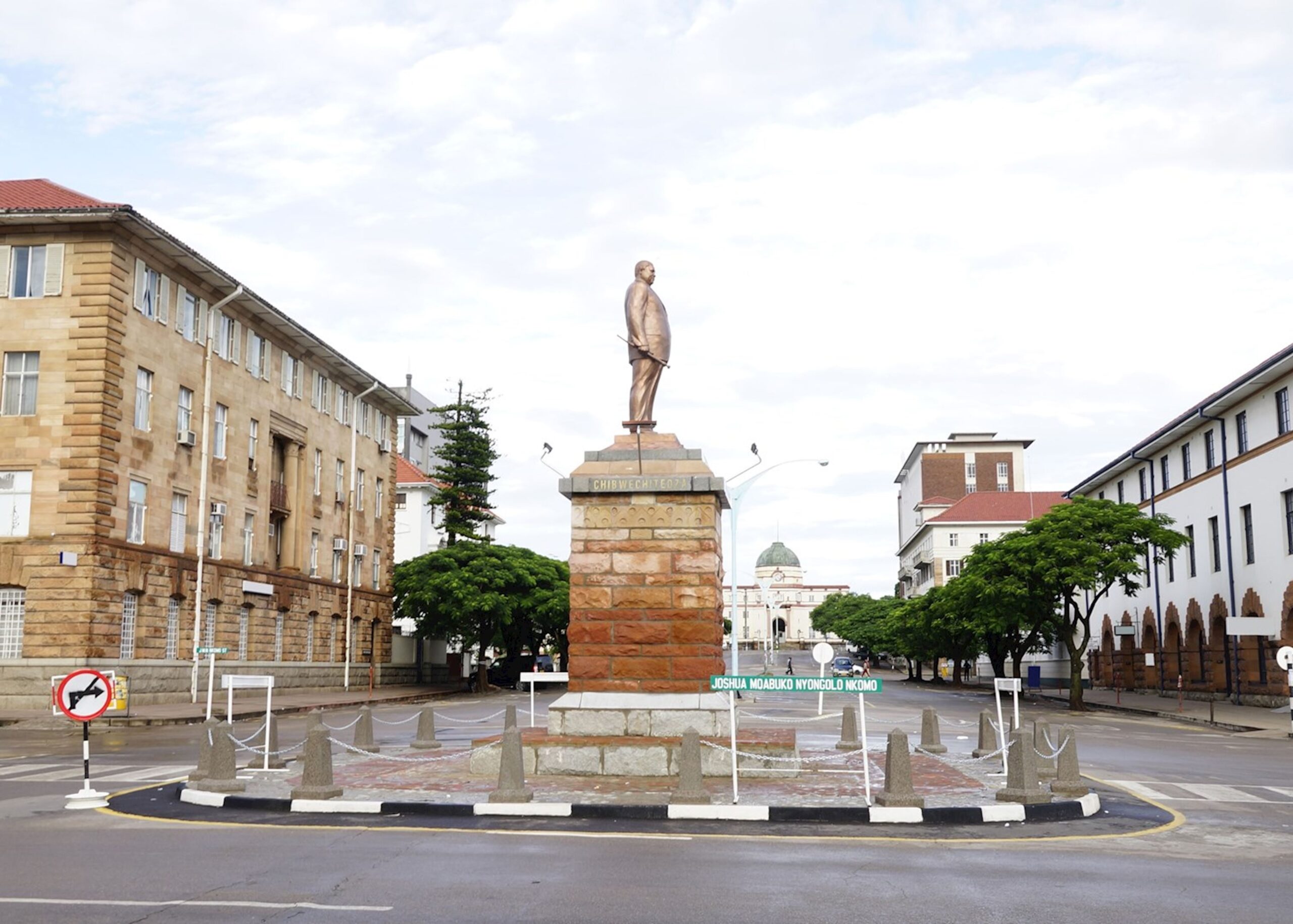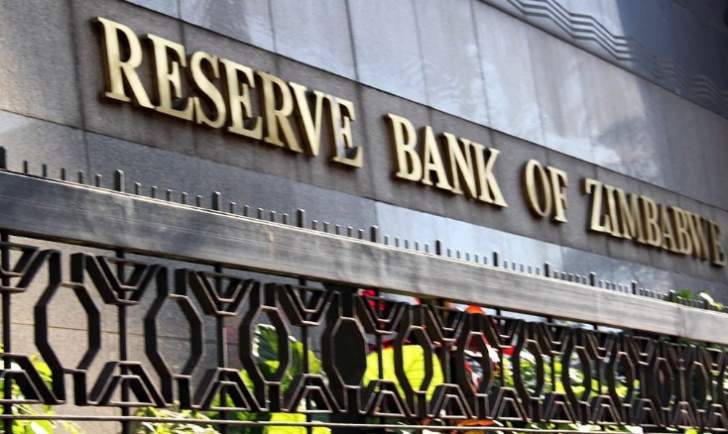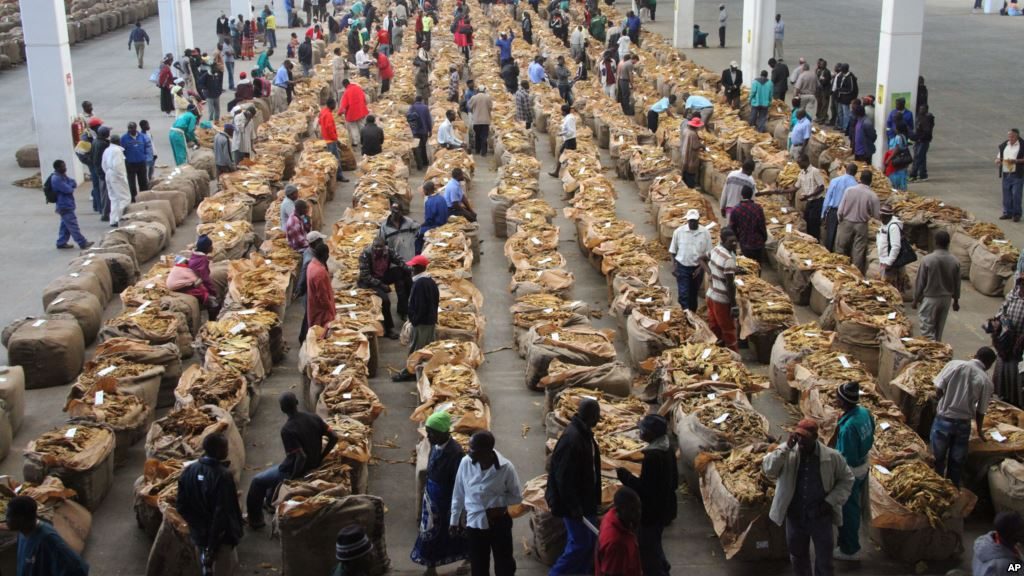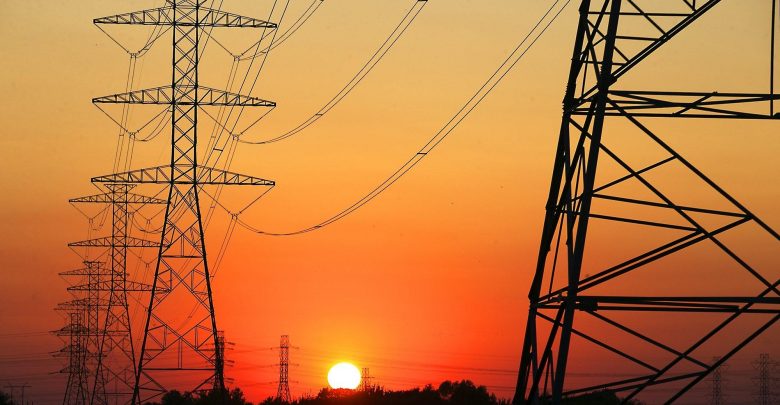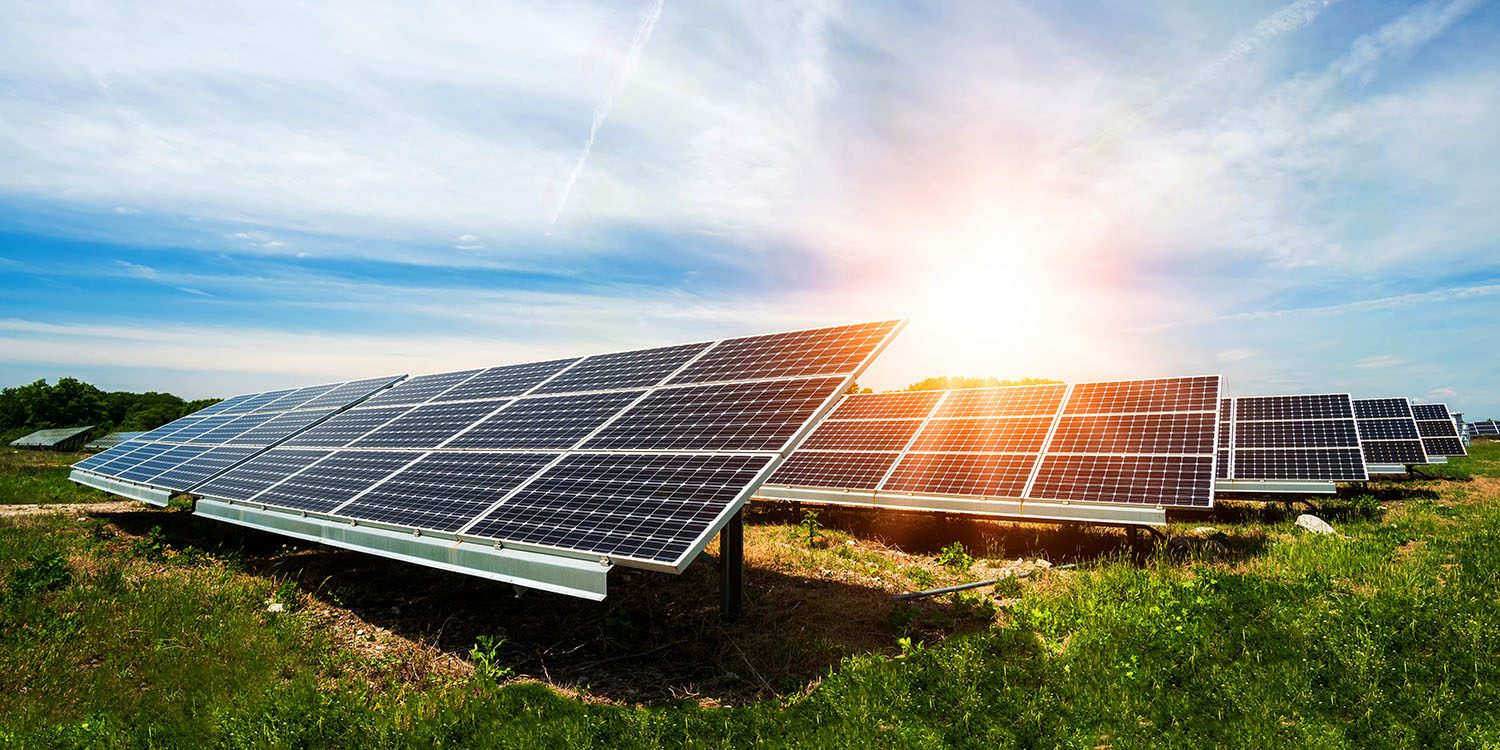Only 1,9pc of licensed solar projects operational
Zimbabwe has been actively pursuing the diversification of its energy sources to include renewables like solar. However, the implementation of solar projects remains sluggish, with only 1.9 percent of licensed solar capacity currently operational, according to Akribos Research.
The energy sector is at a critical juncture, facing persistent power shortages, rapidly growing electricity demand, and an ideal solar potential. Photovoltaic (PV) technology presents a viable solution to the country’s energy crisis.
Zimbabwe boasts some of the world’s highest solar energy potential, with daily solar radiation levels ranging between 4.40 and 5.20 kWh/kWp.
As Akribos Research noted in its latest sector report, “Zimbabwe’s practical PV solar power potential median average is 4.90 kWh/kWp, significantly higher than the global average of 4.19 kWh/kWp, demonstrating its robust solar energy capacity.”
This abundant solar resource offers significant investment opportunities for Independent Power Producers (IPPs) and businesses. Compared to Germany, Zimbabwe requires 66 percent fewer solar panels to generate 1MW of electricity, highlighting the efficiency of solar technology in the region. However, harnessing this potential presents several challenges.
The primary obstacle to local solar expansion is policy uncertainty. The lack of a well-defined and stable regulatory framework discourages investors. Akribos Research highlights that “policy inconsistency, bureaucratic hurdles, and foreign currency shortages are the biggest impediments to the growth of solar investments in Zimbabwe.”
Investment bankers share similar concerns. David Mutanga, an investment banker, pointed out that “The biggest hurdle for financiers is the currency mismatch risk. Most IPPs require tariffs in foreign currency to match their investments, but the government and Zimbabwe Electricity Transmission and Distribution Company (ZETDC) offer payments in local currency. This deters long-term investments in solar projects.”
Reluctance to finance solar projects backed by ZETDC is another pressing issue. Financiers prefer private offtaker Power Purchase Agreements (PPAs) over those involving state utilities due to risks associated with delayed payments and regulatory uncertainty.
“For investors, cash flow predictability is paramount. The unpredictability surrounding ZETDC payments makes it difficult to structure attractive financing options,” added Mutanga.
To address funding issues, the government has announced the compilation of new power projects that require financial guarantees, a move expected to significantly boost power generation.
A number of IPPs have received the necessary approvals, and ZESA Holdings is offering reasonable payments for generated power.
“We are now working with the Reserve Bank and the Ministry of Finance to find a way of satisfying some investors with a form of guarantee, which will ensure that their investments yield dividends and allow them to repay loans. That is what we need to discuss, and I think we will find a solution,” said the Minister of Energy and Power Development, Honourable July Moyo.
The focus is on providing guarantees to investors, securing their investments, and facilitating the financial closure of projects. The process to identify specific projects facing financial challenges has begun.
“We have already discussed with the Governor of the Reserve Bank and the Minister of Finance. Now, we need ZESA to identify those failing to achieve financial closure due to required guarantees, and I have asked for those projects to be presented for discussion with the Governor and the Ministry of Finance,” Minister Moyo said.
From a technical perspective, Zimbabwe’s aging power infrastructure presents another challenge. Engineer Siphesihle Moyo, a renewable energy specialist, noted, “While solar potential is high, the weak transmission infrastructure is a significant bottleneck. Grid expansion and modernization must go hand-in-hand with solar investments.”
Additionally, energy storage remains a major concern. The intermittent nature of solar power requires robust battery storage solutions to ensure a stable electricity supply.
“We need better incentives for energy storage investments. Without proper storage mechanisms, solar power integration into the national grid will be limited,” Moyo explained.
To address investor concerns, the Zimbabwean government has introduced several policy measures, such as the Government Implementation Agreement (GIA), which aims to mitigate risks for IPPs. The agreement includes provisions for economic tariffs, foreign currency availability, and investment guarantees.
Furthermore, the National Renewable Energy Policy (NREP) proposes several incentives to attract investment, including duty exemptions, tax holidays, and prescribed asset status for qualifying projects. Special Economic Zone (SEZ) status also provides additional fiscal benefits, such as 100 percent repatriation of profits for foreign investors and duty-free importation of energy-generating equipment.
However, these measures have not yet fully translated into increased solar investments.
“While the policies look good on paper, implementation remains weak. The government must follow through with clear timelines and consistent execution,” Mutanga emphasized.
Despite the challenges, the local solar market remains an attractive prospect for investors willing to navigate its complexities. The demand for electricity is set to rise significantly, driven by the mining and manufacturing industries, which rely heavily on a stable power supply.
The Chamber of Mines of Zimbabwe estimates that electricity demand from the mining sector alone will reach 4,000MW by 2030, creating further urgency for alternative energy solutions.
Moreover, solar adoption is increasing among businesses seeking energy independence. Akribos Research reports that “PV solar power is 400 percent cheaper than diesel or petrol generators, making it an increasingly viable alternative for businesses affected by power outages.” Hybrid models integrating solar with battery storage and grid electricity are gaining traction, offering businesses a balance between cost efficiency and reliability.
The solar energy sector in Zimbabwe holds immense potential, but unlocking it requires a multifaceted approach. Policy certainty, improved access to foreign currency, and investment in grid infrastructure are critical to overcoming existing barriers. Private sector participation will play a decisive role.-ebsinessweekl



